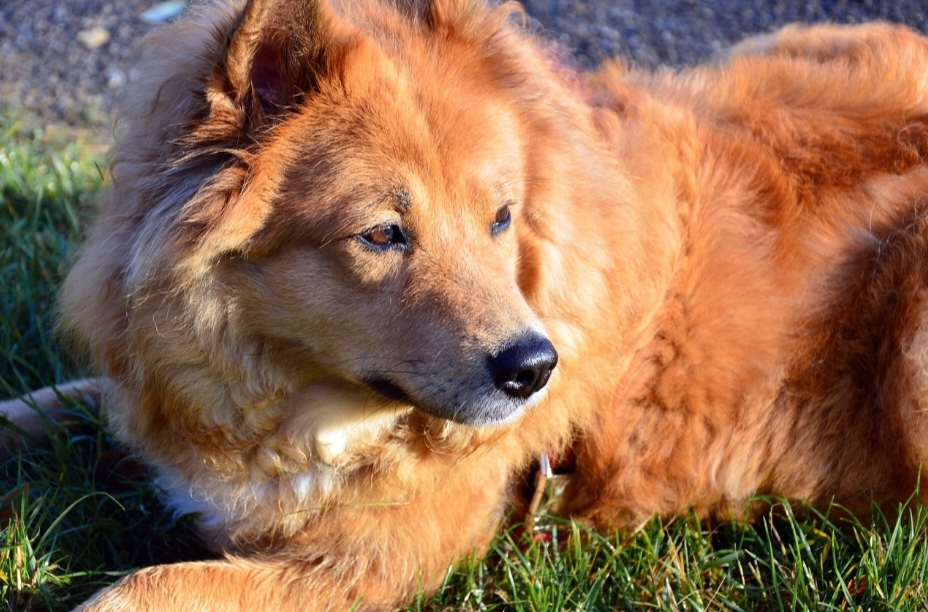Do you feel concerned when your dog gets injured or feels pain? You rush to a vet to treat your pets most effectively. Many expert veterinarian experts recommend cold laser therapy for most dogs. Laser treatment is highly beneficial for human health. However, how does low-level laser therapy benefit your dogs? Let us talk more about this non-invasive solution for your furry friend’s health.
Understand low-level laser therapy for doggies
Cold laser therapy or LLLT for dogs is an effective modern treatment solution that helps a dog’s body to relieve pain and recover. Most vets in Australia think it is a holistic and safe way to restore your pet’s health.
Specific light wavelengths used in LLLT can enhance the healing process taking place in your pet’s body naturally. Cold lasers are thus distinguishable from surgical lasers, which produce heat. That is why they are good for tissue repair and pain management.
The therapy stimulates your dog’s cells and improves their function. It leads to rapid cell regeneration and smooth blood flow to the affected site. So, more oxygen and nutrients will reach the area to accelerate healing.
As low-level laser treatment boosts a dog’s cellular activity, it reduces swelling problems. It also releases endorphins and minimises the intensity of pain.
Other dog health issues treated by laser technology
Many vets recommend treating dog’s arthritis problems with laser therapy. Doggies with osteoarthritis have higher inflammation risks, especially in the tissues near joints. Reduced inflammation and more blood flow to joints increase your dog’s comfort. However, pets should also take medications to get the desired results. Some vets combine laser therapy with other treatments like physiotherapy.
Laser therapy for arthritis is also good for dogs with liver problems. Some canine pets cannot take drugs because of health issues. So, laser therapy is the best alternative for these dogs.
The innovative treatment is also effective for curing your dog’s:
- Ligament and tendon injuries
- Spinal disc disease
- Traumatic injuries
- Stomatitis and gingivitis
- Limb oedema because of trauma
- Anal and ear infections
- Post-operative inflammation and pain
- Ulcers and wounds
However, laser treatment for dogs has a few limitations. If lasers are applied to tumours, it can cause their rapid growth. Also, the technology will not benefit canine animals with skin conditions like atopic dermatitis. Contact the vet to learn about low-level laser therapy for dogs.
How does a qualified professional perform laser therapy for dogs?
During a low-stress treatment with laser technology, your dog will stay awake. In most cases, there is not normally a need to use sedation. Many dogs get a pleasant experience, whereas others just sleep during the therapeutic session. The experts hold a laser wand and move it back slowly over the affected site. Your furry companion will feel slightly warm during this treatment. Every laser treatment lasts for almost half an hour. The frequency of the innovative therapy depends on the laser type and injury. Most dogs need multiple therapeutic sessions to achieve the best result.
Why not contact the experts for laser therapy and restore your dog’s health today?
